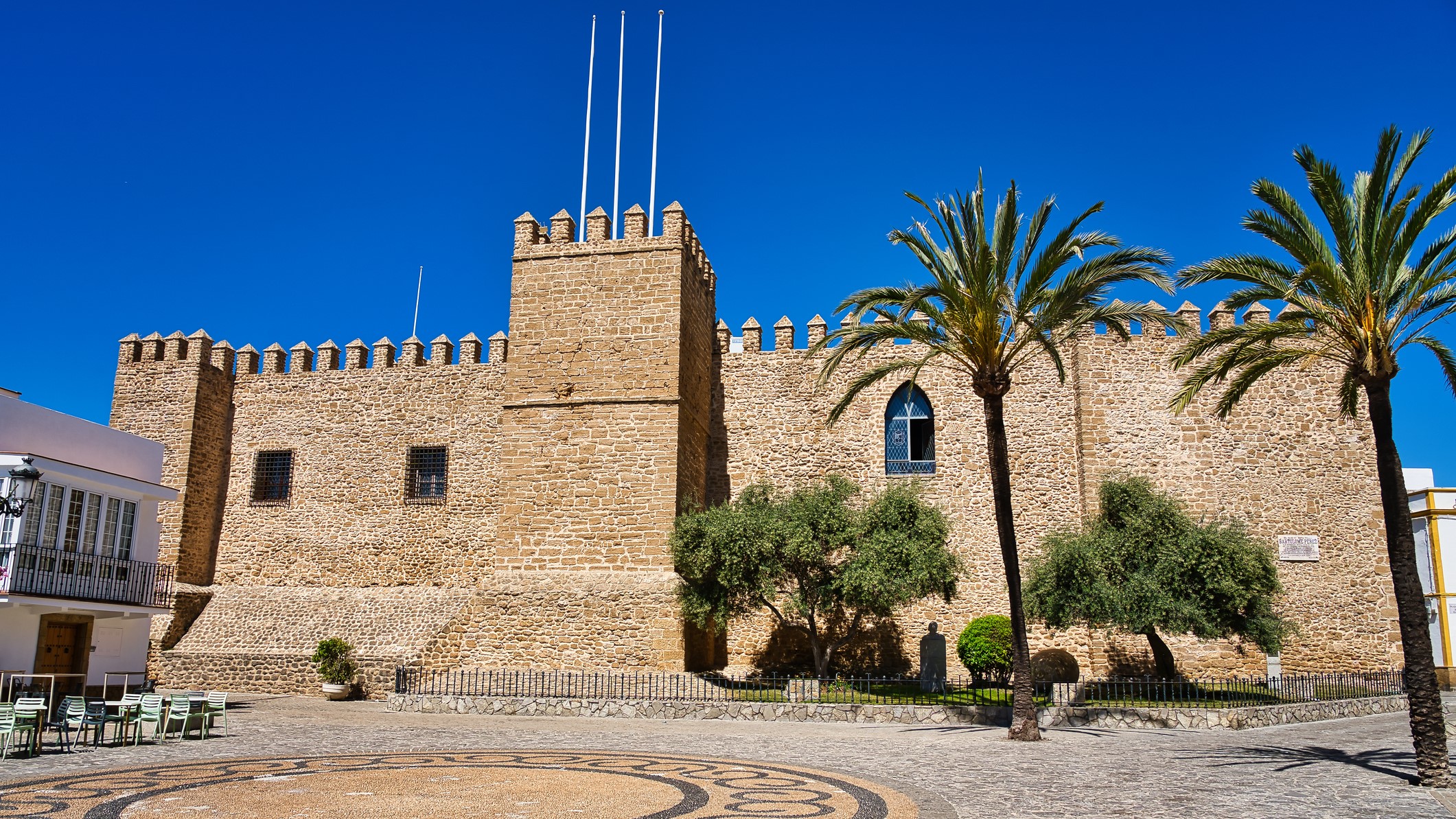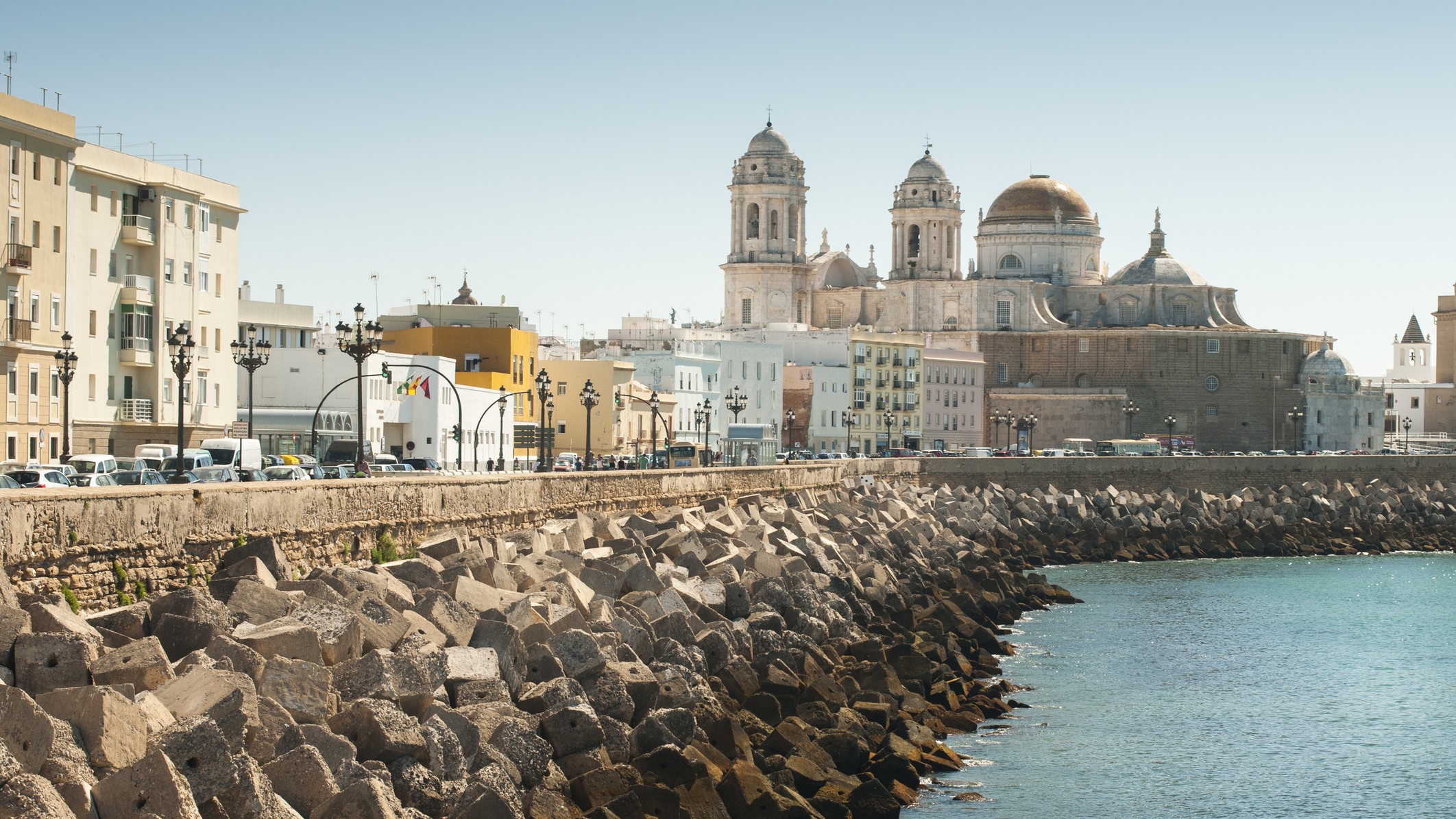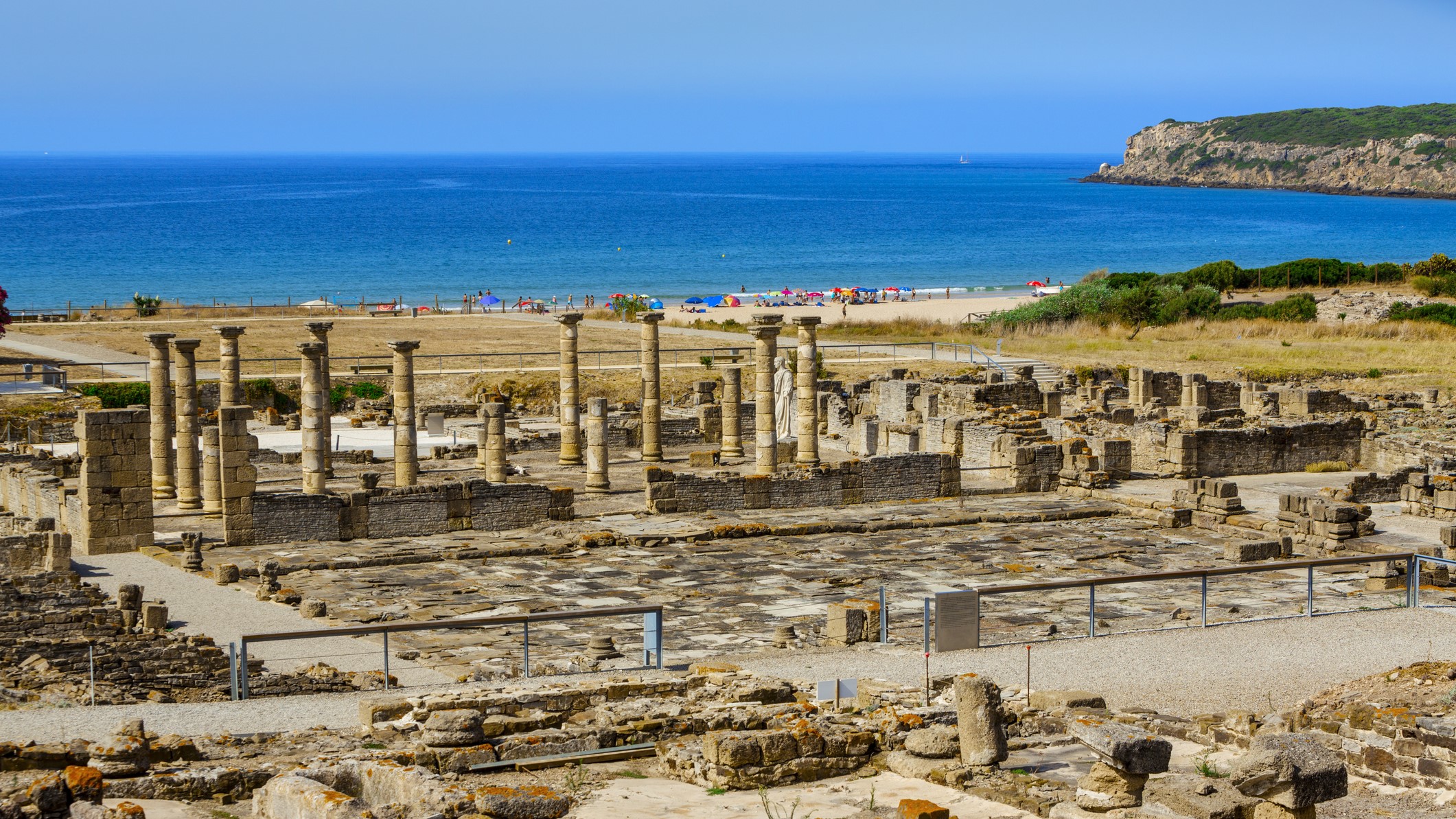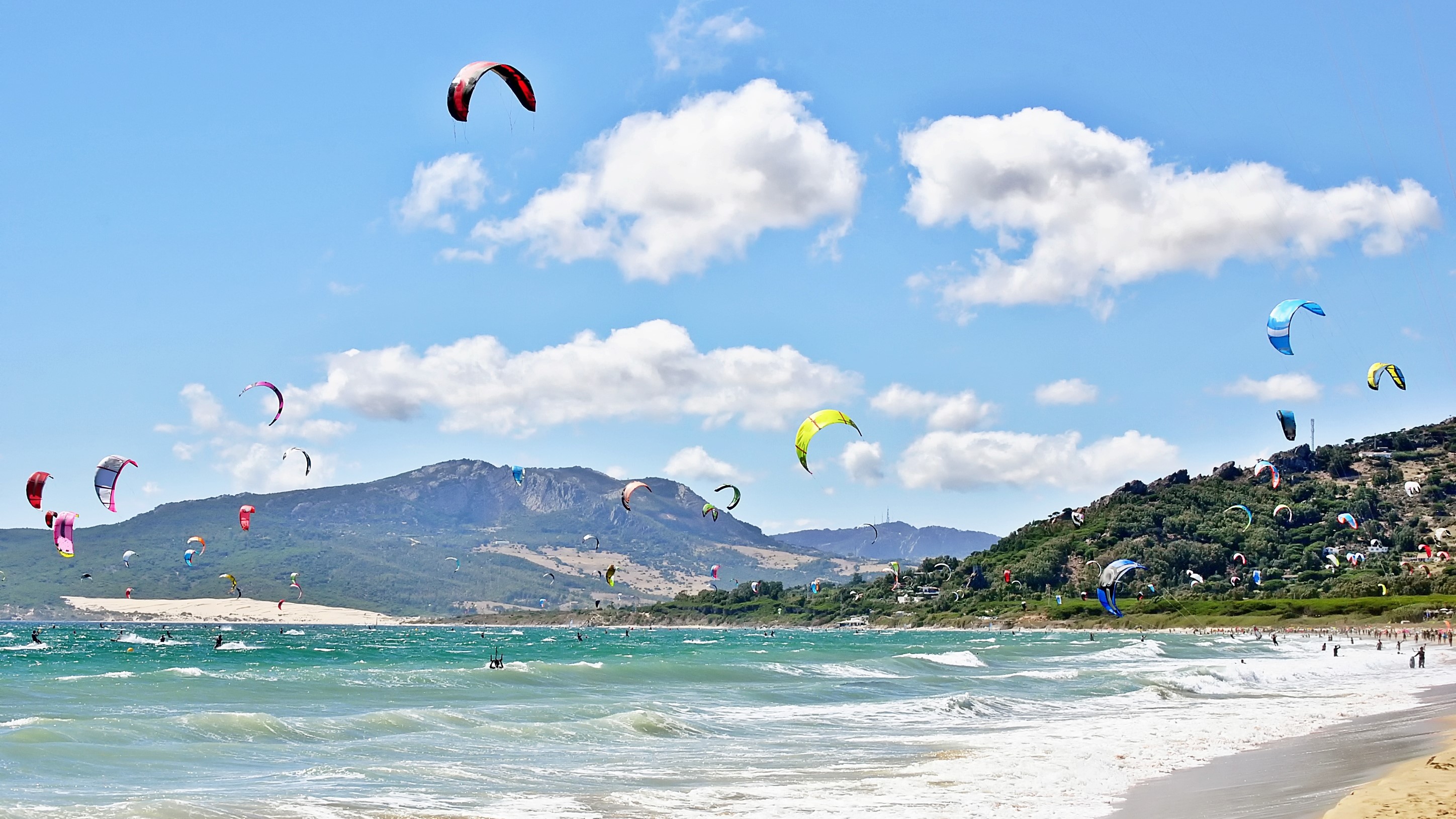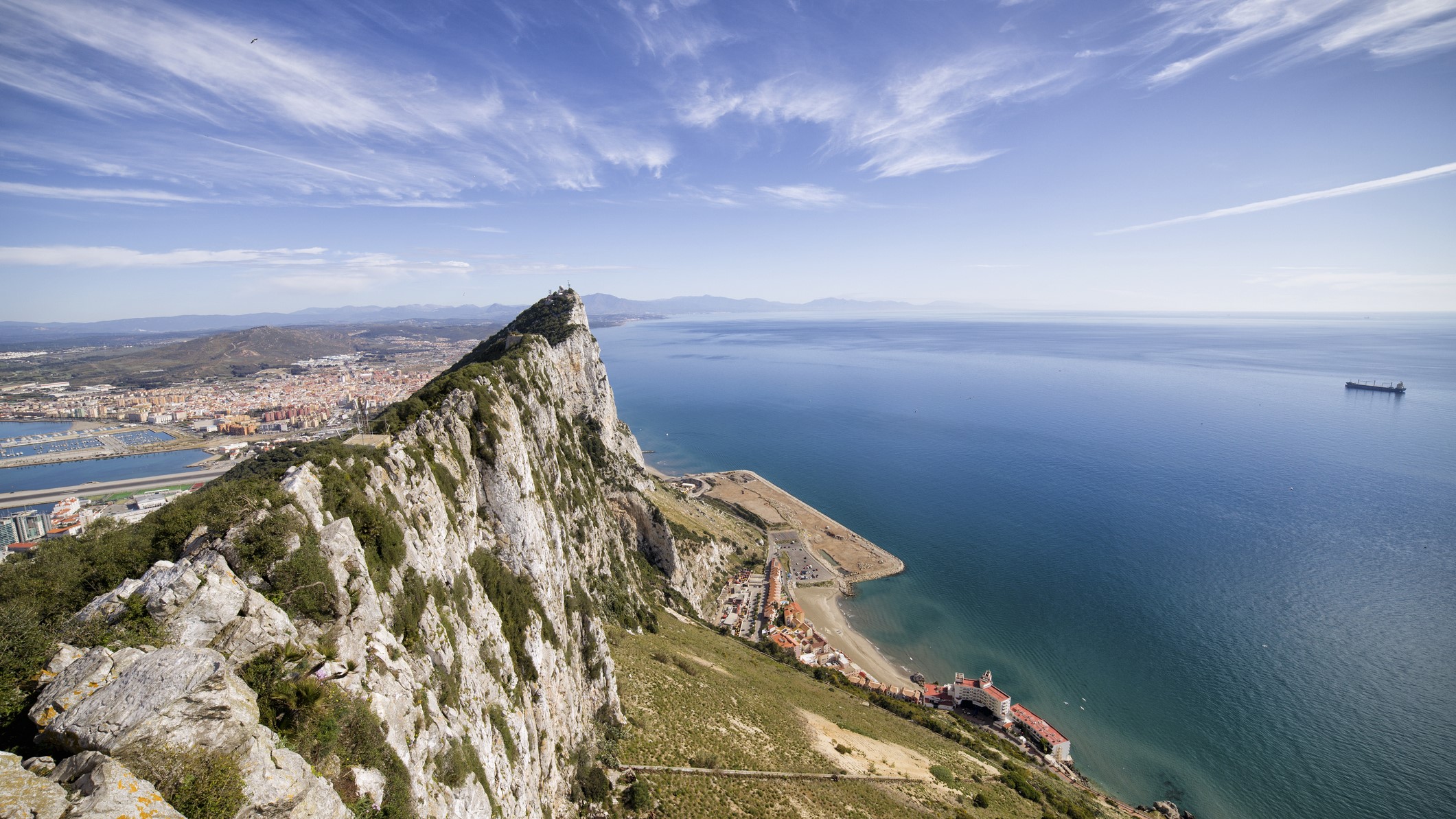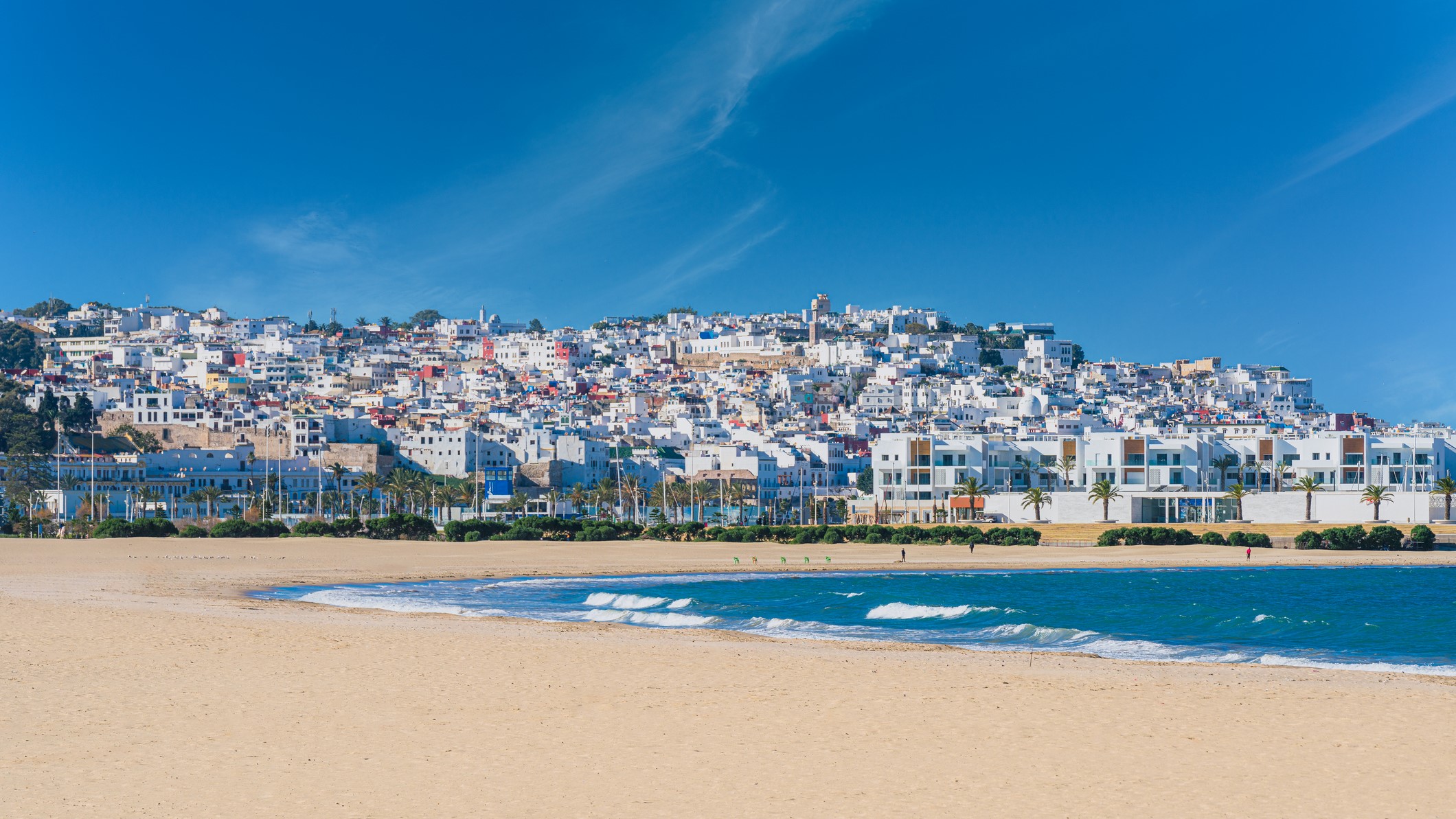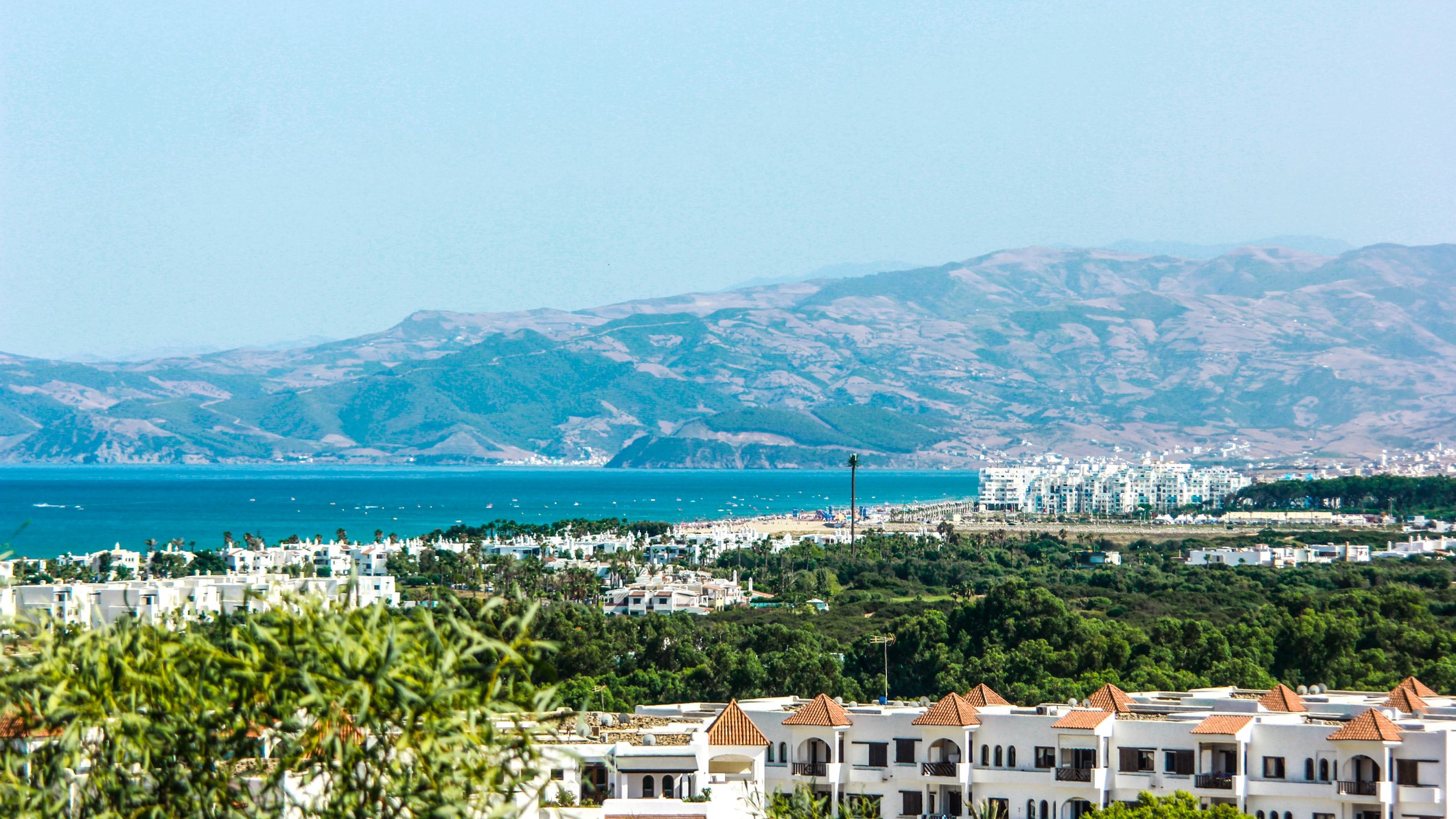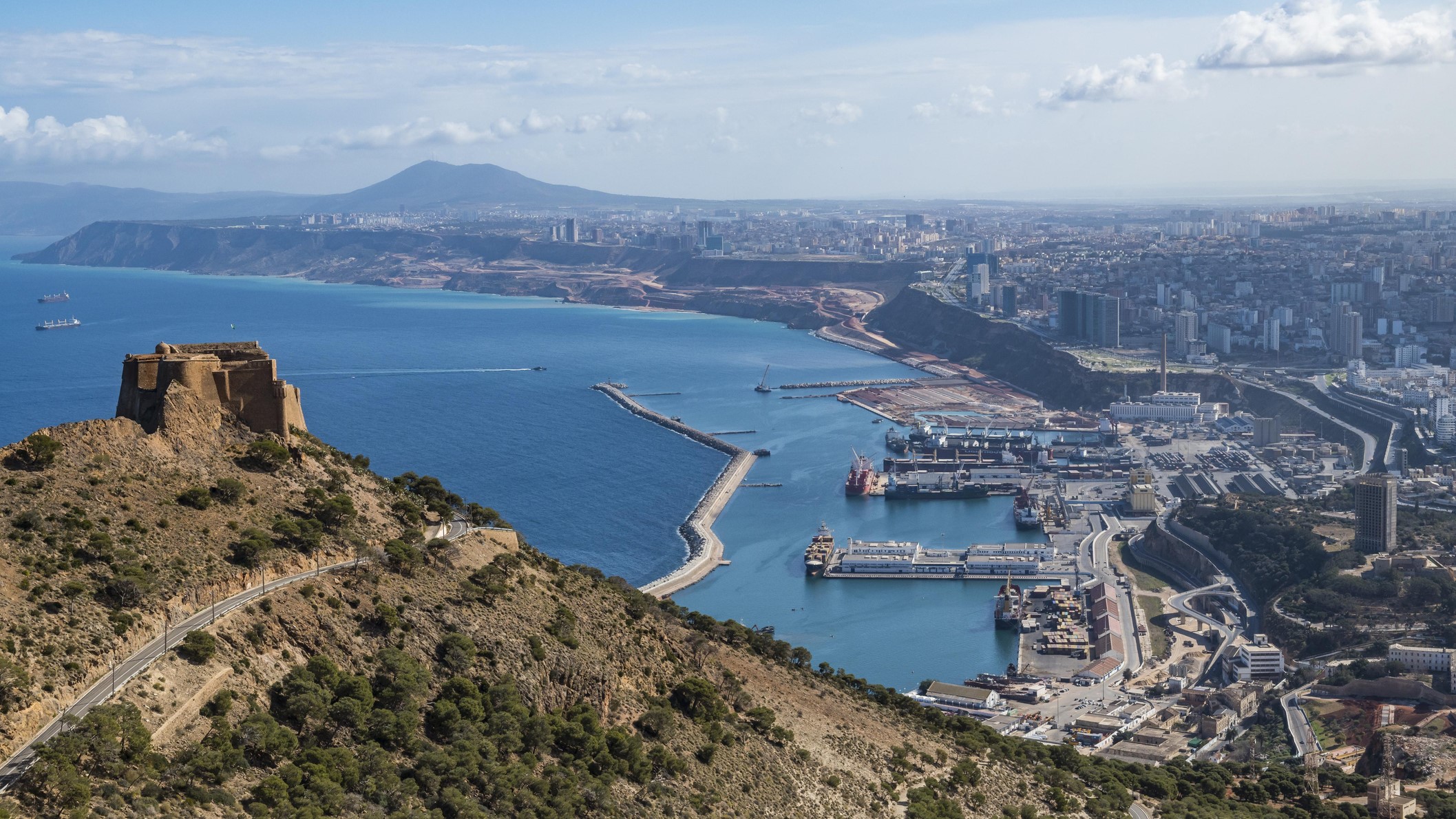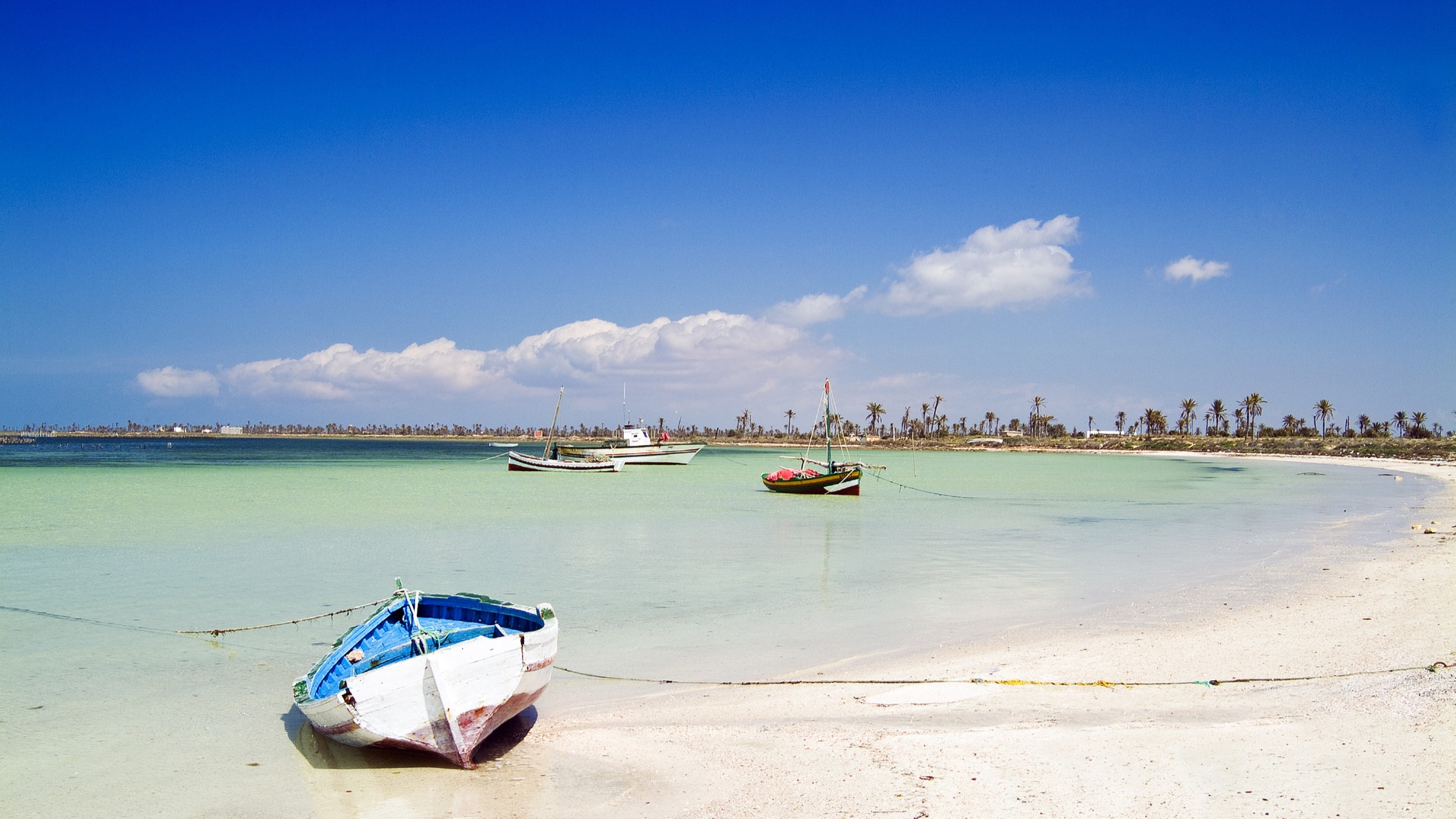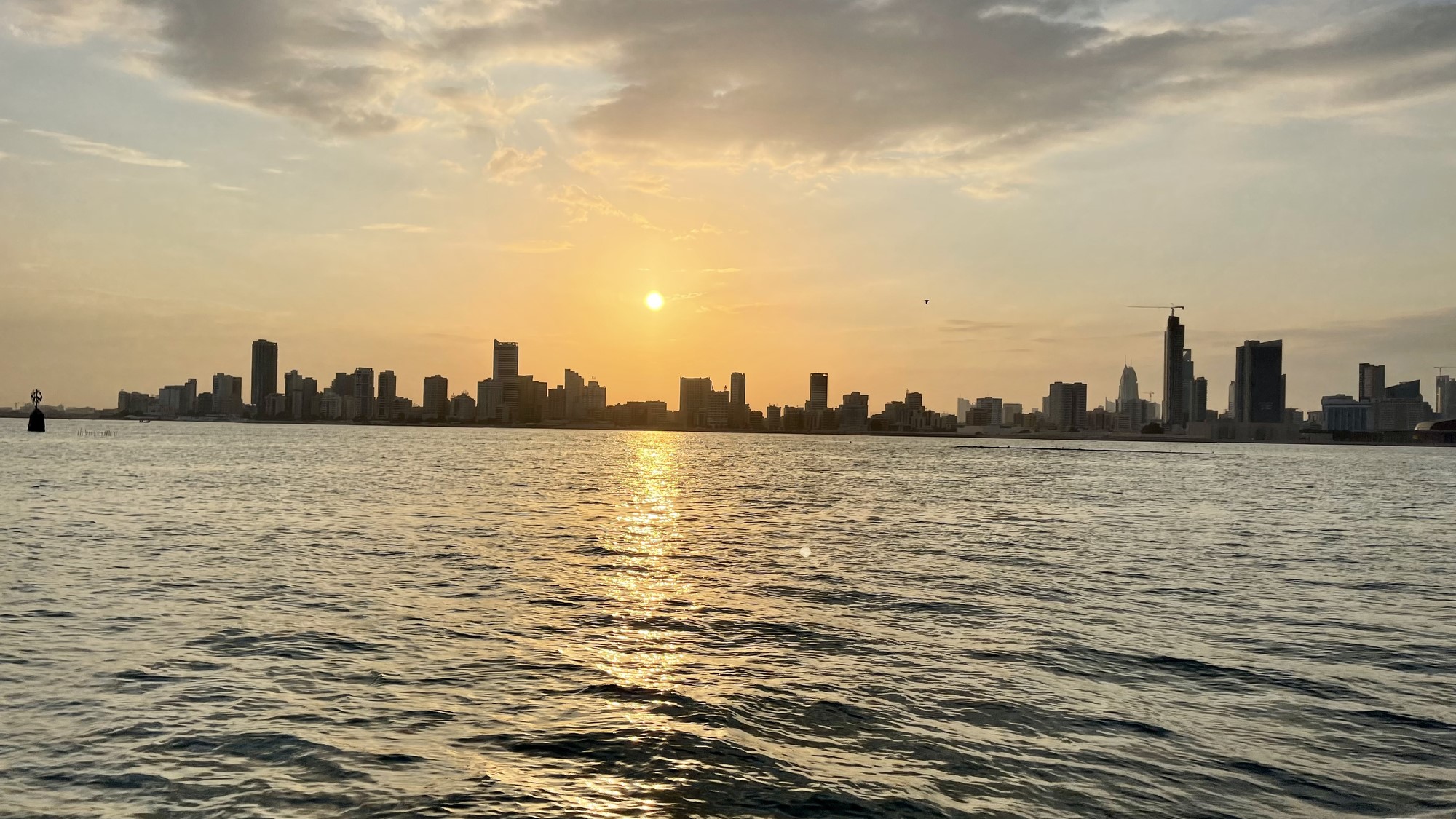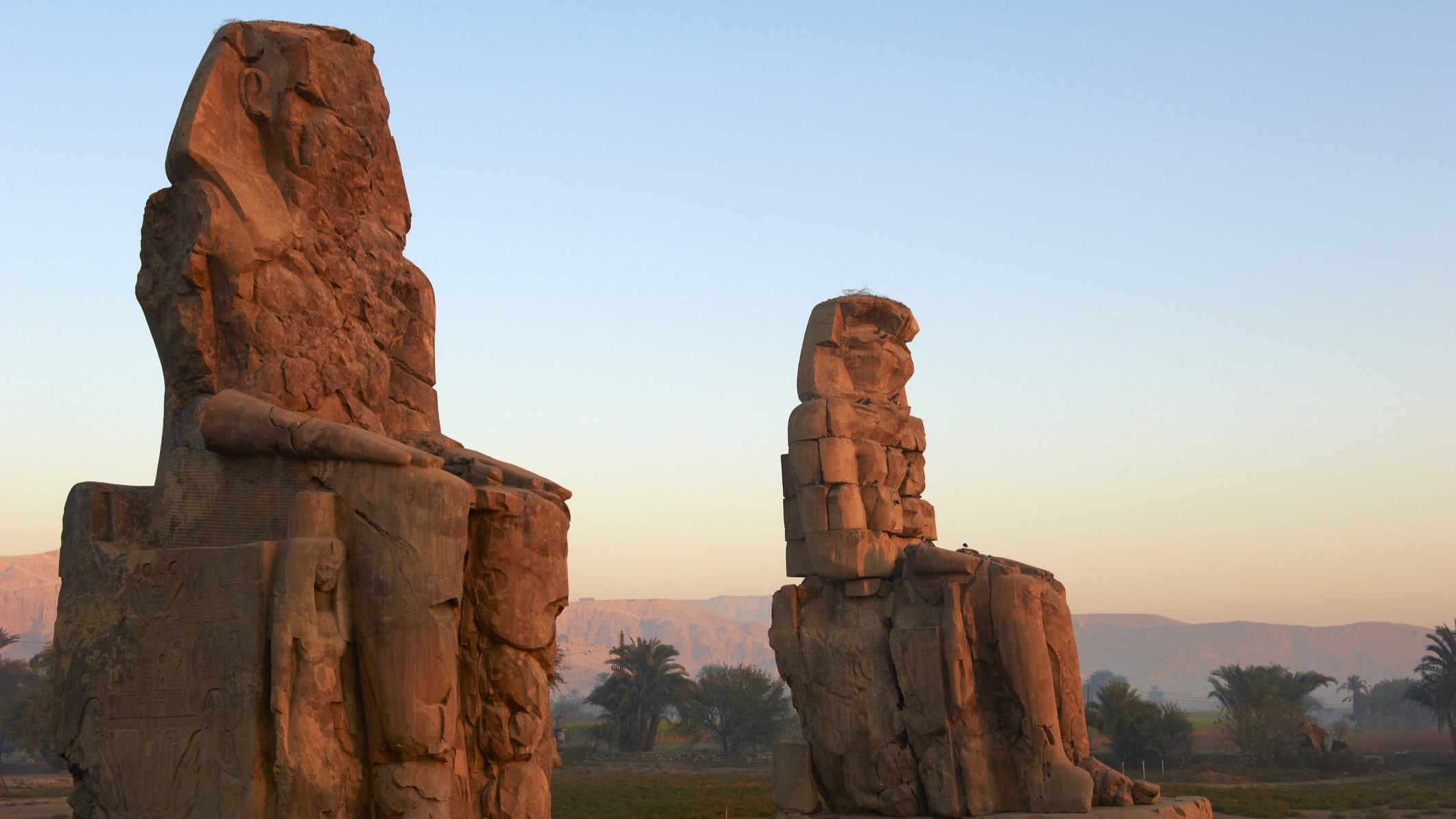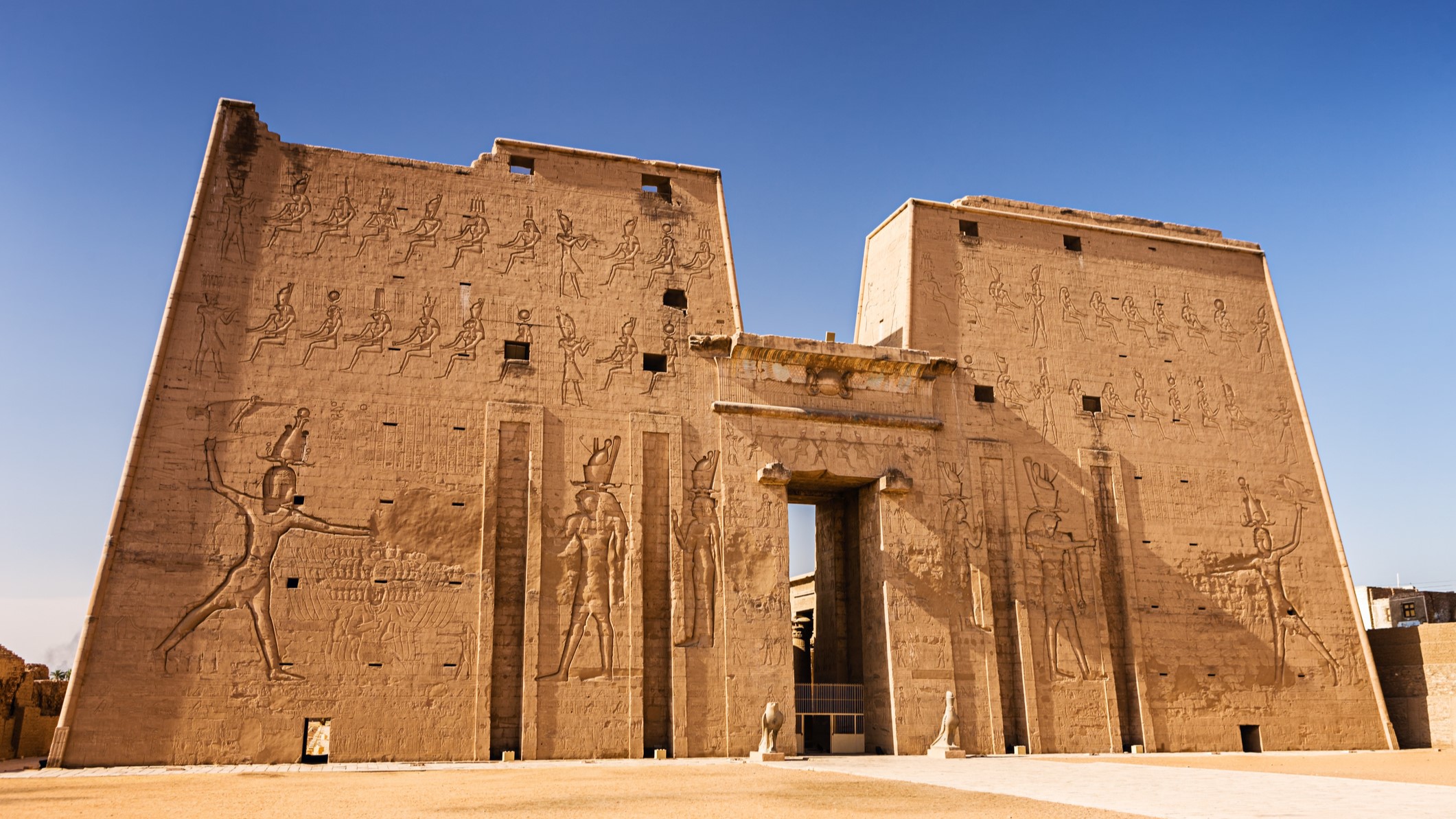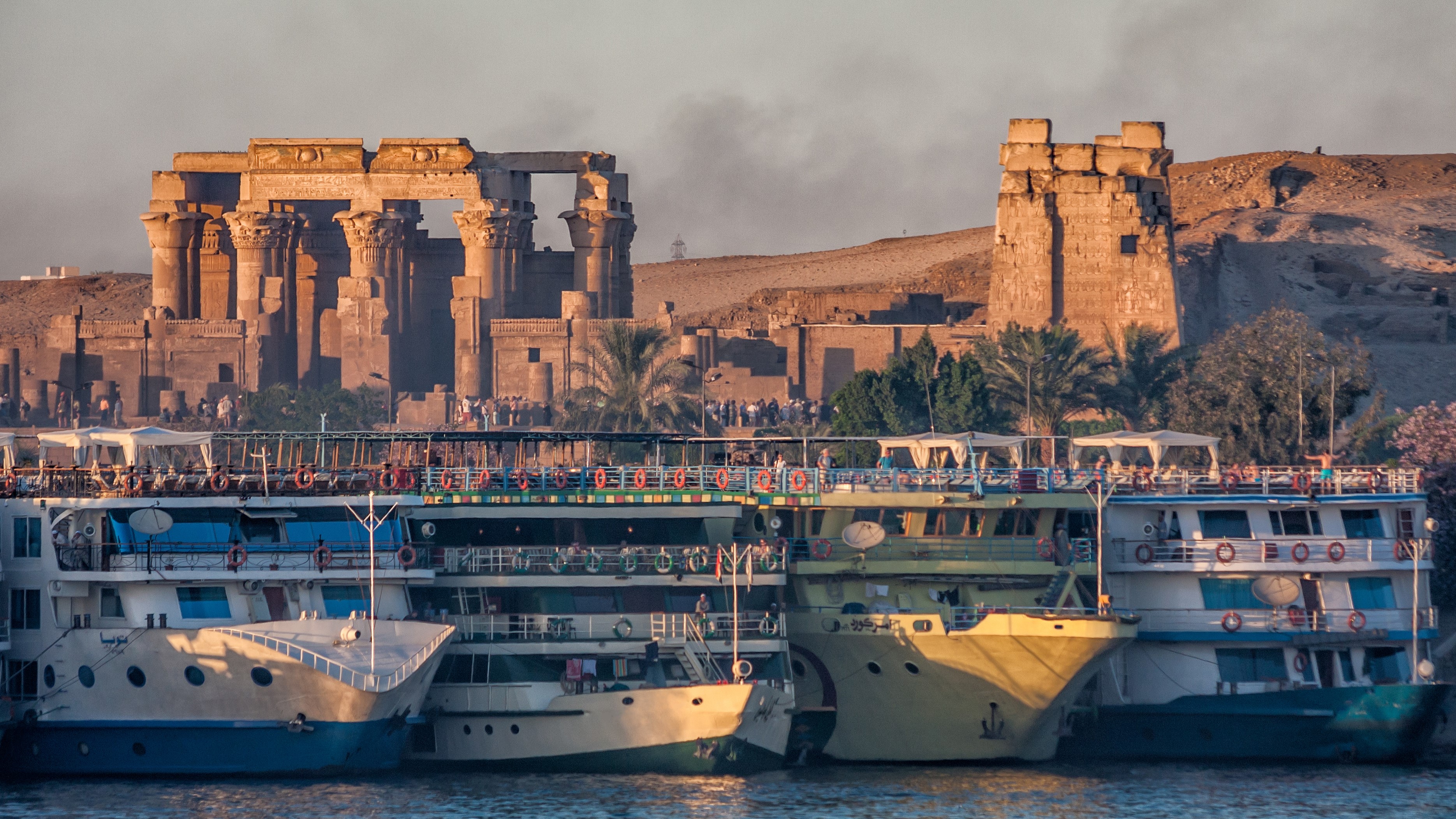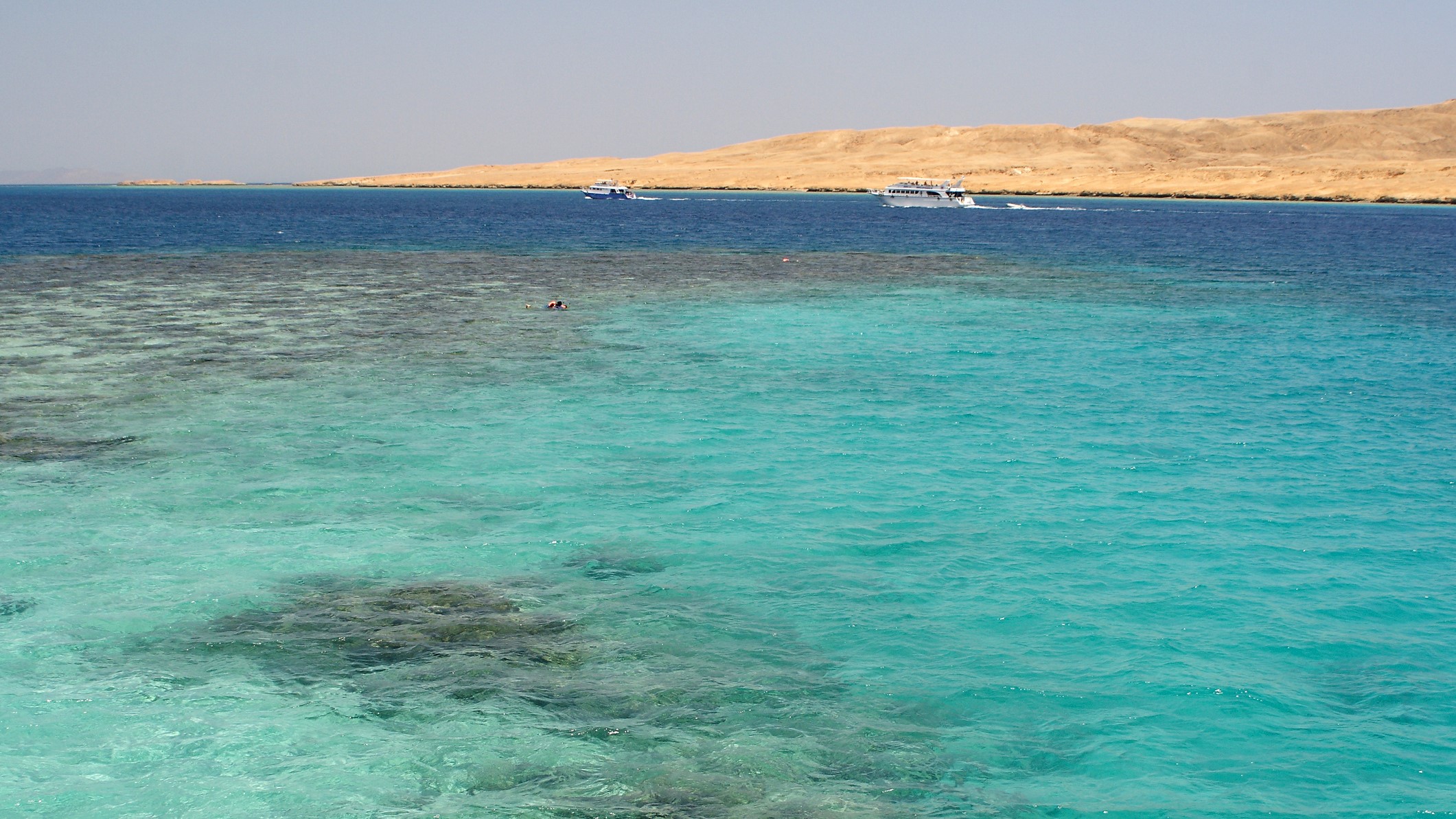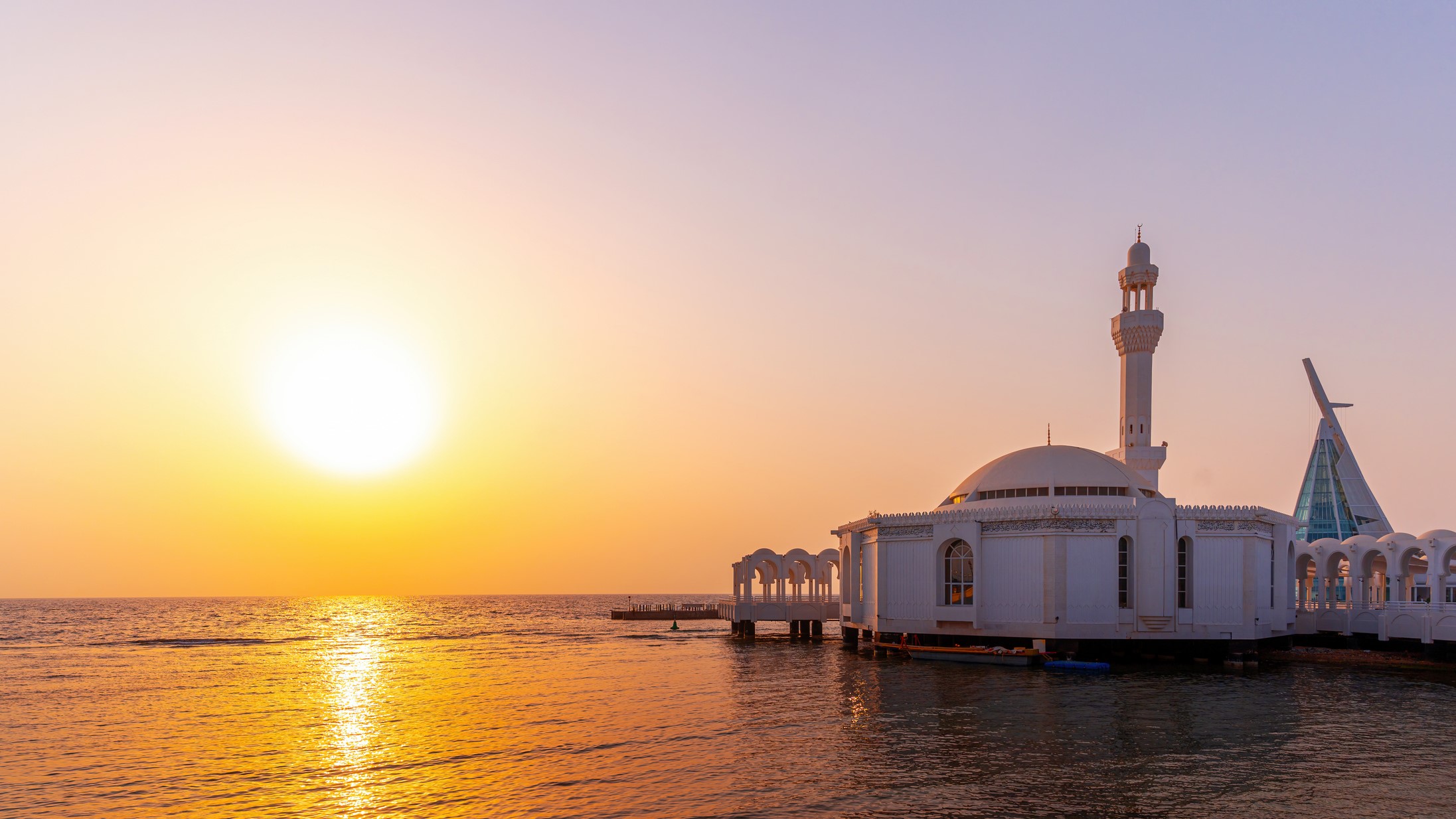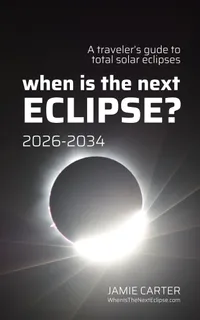16 best places to see the 2027 total solar eclipse
These are the best scenic spots and ideal locations to see the total solar eclipse on Aug. 2, 2027.
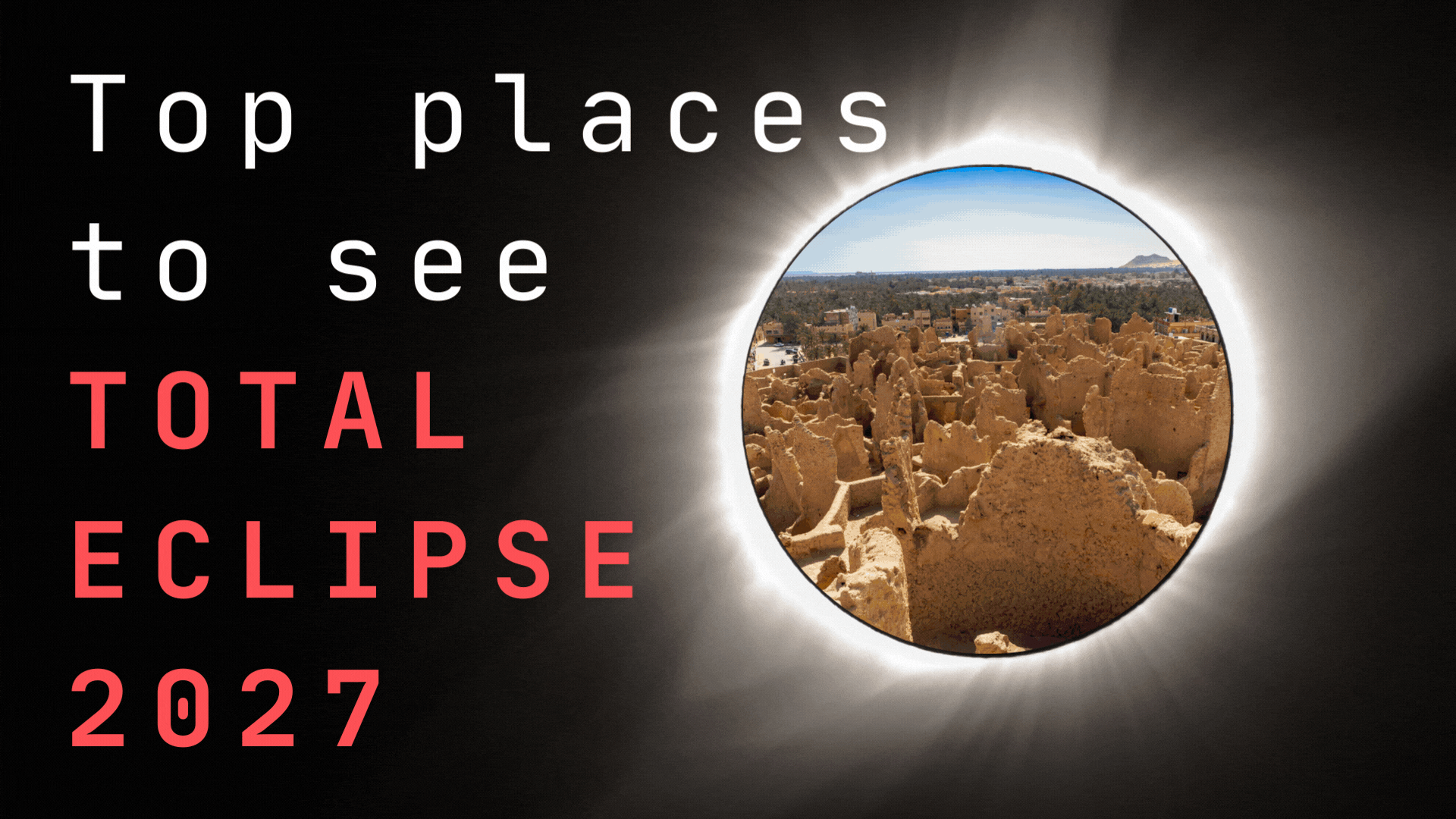
On Aug. 2, 2027, a total solar eclipse will be visible from a broad path sweeping across the Atlantic Ocean, Southern Europe, North Africa and the Middle East. A total solar eclipse occurs when the moon drifts in front of the sun while it's slightly larger in apparent size so that the moon completely covers the sun's disk.
The path of totality will measure a maximum of 160 miles (258 kilometers) wide, and it will cross Spain, Morocco, Algeria, Tunisia, Libya, Egypt, Sudan, Saudi Arabia, Yemen, Somalia and the Chagos Islands.
The August 2027 "eclipse of the century" will bring the longest totality since 2009 and the longest totality on land since 1991. Peaking at 6 minutes, 23 seconds, it also will be the longest remaining totality of the 21st century. The next-longest totality will occur on Aug. 12, 2045, when there will be 6 minutes, 6 seconds of totality close to Florida.
Related: Where will the 2027 total solar eclipse on Aug. 2 be visible?
It is not safe to look directly at the sun with your naked eyes during the partial phases of a solar eclipse; you must wear solar eclipse glasses designed for solar viewing. Read our guide on how to observe the sun safely.
The marquee viewing location will be Luxor, Egypt, the site of the ancient capital of Thebes and home to myriad monuments and temples. It's almost guaranteed to have clear skies. However, there are many other destinations to consider in Spain, Morocco, Algeria and beyond, all of which will experience totality durations of over four minutes.
Here are 16 locations that could be perfect for this rare event. The sun will never be lower than 37 degrees as seen from any of these locations, so sight lines should be no problem.
Breaking space news, the latest updates on rocket launches, skywatching events and more!
All times and cloud statistics come from Time and Date and are for totality only. A partial solar eclipse will be seen around 80 minutes before and after totality.
Related: What's the difference between a total solar eclipse and an annular solar eclipse?
1. Castillo de Luna
Location: Rota, Andalucía, Spain
Time and duration of totality: 10:45 CEST; 2 minutes, 11 seconds
Chance of clouds: 15%
"Luna Castle," just north across the bay from Cádiz, Spain, could be an apt place to witness a short totality. It dates from the 13th century and is yards from a sandy beach with a promenade.
2. Cádiz
Location: Andalucía, Spain
Time and duration of totality: 10:45 CEST; 2 minutes, 46 seconds
Chance of clouds: 13%
The oldest city in Western Europe, Cádiz, is a prime viewing location. Situated on Spain's southwest coast, it has over 100 watchtowers, the most famous of which is Torre Tavira.
3. Baelo Claudia
Location: Near Tarifa, Andalucía, Spain
Time and duration of totality: 10:44 CEST; 4 minutes, 31 seconds
Chance of clouds: 14%
It doesn't get more scenic than this — beachside ruins of a prosperous Roman city from the second century B.C., complete with views across the Strait of Gibraltar to Morocco.
4. Isla de las Palomas
Location: Tarifa, Andalucía, Spain
Time and duration of totality: 10:44 CEST; 4 minutes, 39 seconds
Chance of clouds: 14%
The longest totality in Spain will be in Tarifa, a hub for wind sports with views of Morocco, which is just 7 miles (11 km) away. Isla de las Palomas is a small island connected by a causeway; a ferry to Tangier runs from here.
5. Gibraltar
Location: Iberian Peninsula/Andalucía, Spain
Time and duration of totality: 10:45 CEST; 4 minutes, 26 seconds
Chance of clouds: 16%
Many are talking about the British Overseas Territory of Gibraltar as an accessible location to fly to from the U.K. The trouble is, Gibraltar is dominated by a limestone ridge (hence its nickname, "The Rock"), which sometimes has its own massive cloud. Dubbed "The Levanter," it's most common between July and October.
6. Tangier
Location: Morocco
Time and duration of totality: 09:44 WEST; 4 minutes, 49 seconds
Chance of clouds: 42%
Just north of the centerline, this Moroccan port on the Strait of Gibraltar has a fabulous medina. Potential viewing locations include the Grand Socco entrance to the medina and a long municipal beach.
7. Martil Beach
Location: Morocco
Time and duration of totality: 09:45 WEST; 4 minutes, 52 seconds
Chance of clouds: 38%
This east-facing beach on the Mediterranean, close to Tetouan, is just south of the centerline.
8. Fort Santa Cruz
Location: Oran, Algeria
Time and duration of totality: 09:50 CET; 5 minutes, 7 seconds
Chance of clouds: 47%
Overlooking the seafront of Oran from Mount Murdjadjo is this Ottoman citadel rebuilt by the Spanish. Reached by cable car or a steep road, the top affords a 360-degree view. A ferry runs from Spain to Oran.
9. Kerkennah Islands
Location: Tunisia
Time and duration of totality: 10:09 CET; 5 minutes, 43 seconds
Chance of clouds: 21%
The reason to travel to the Kerkennah Islands from nearby Sfax is Borj el Hissar, the ancient ruins of a Roman fort rebuilt in the 16th century by the Spanish.
10. Siwa Oasis
Location: Egypt
Time and duration of totality: 12:42 EEST; 5 minutes, 30 seconds
Chance of clouds: Less than 1%
Some tour groups will visit this urban oasis in Egypt's Western Desert, which is home to the 13th-century mud-brick Fortress of Shali.
11. Sohag
Location: Egypt
Time and duration of totality: 12:58 EEST; 6 minutes, 20 seconds
Chance of clouds: Less than 1%
If you want to dodge the crowds at Luxor, Sohag is another option to consider. This city, which is about a four-hour drive north on the Nile, has an equally long totality and is home to the Red and White Monasteries.
12. Luxor
Location: Egypt
Time and duration of totality: 13:01 EEST; 6 minutes, 20 seconds
Chance of clouds: Less than 1%
The hub for this eclipse will surely be Luxor, a city of 1.3 million on the east bank of the Nile. It is home to the Karnak complex of temple ruins and Luxor Temple. Across the Nile are the Valley of the Kings, the Valley of the Queens, the Temple of Hatshepsut, the Ramesseum and the Colossi of Memnon. Expect temperatures of around 106 degrees Fahrenheit (41 degrees Celsius) but drastic cooling during totality.
13. Temple of Horus
Location: Edfu, Egypt
Time and duration of totality: 13:04 EEST; 5 minutes, 31 seconds
Chance of clouds: Less than 1%
On the itineraries of many Egyptian tours is Edfu, the center of the cult of the ancient Egyptian falcon god Horus. About 65 miles (105 km) north of Aswan, its temple is one of the finest and best preserved in the country.
14. Kom Ombo Temple
Location: Kom Ombo, Egypt
Time and duration of totality: 13:05 EEST; 3 minutes, 39 seconds
Chance of clouds: Less than 1%
An unusual double temple dedicated to two gods, the Temple of Kom Ombo dates to 180 to 47 B.C. It's about 29 miles (47 km) north of Aswan.
15. Red Sea coast
Location: Berenice Troglodytica, Egypt
Time and duration of totality: 13:10 EEST; 6 minutes, 19 seconds
Chance of clouds: 2%
The ancient seaport Berenice Troglodytica is south of the cluster of hotels on the western shore of the Red Sea. It will also experience totality on March 20, 2034.
16. Jeddah
Location: Saudi Arabia
Time and duration of totality: 13:21 AST; 5 minutes, 58 seconds
Chance of clouds: 27%
This modern port city on the Red Sea is a gateway for visitors to the Islamic holy city of Mecca. Jeddah has hotels, beaches, a seafront promenade and a seventh-century historic district.
Editor's note:
You can read about the next decade of eclipses here on Space.com and in more detail in Jamie Carter's e-book "When Is The Next Eclipse? A traveler's guide to total solar eclipses 2026-2034."
"The book is full of 'secret' experiences that only a complete eclipse and travel nerd like me could find!" Carter told Space.com.
"When Is The Next Eclipse? A traveler's guide to total solar eclipses 2026-2034:" $9.99 from Amazon
Check out Jamie Carter's eclipse traveler guide "When Is The Next Eclipse? A traveler's guide to total solar eclipses 2026-2034" available on Amazon.

Jamie is an experienced science, technology and travel journalist and stargazer who writes about exploring the night sky, solar and lunar eclipses, moon-gazing, astro-travel, astronomy and space exploration. He is the editor of WhenIsTheNextEclipse.com and author of A Stargazing Program For Beginners, and is a senior contributor at Forbes. His special skill is turning tech-babble into plain English.
